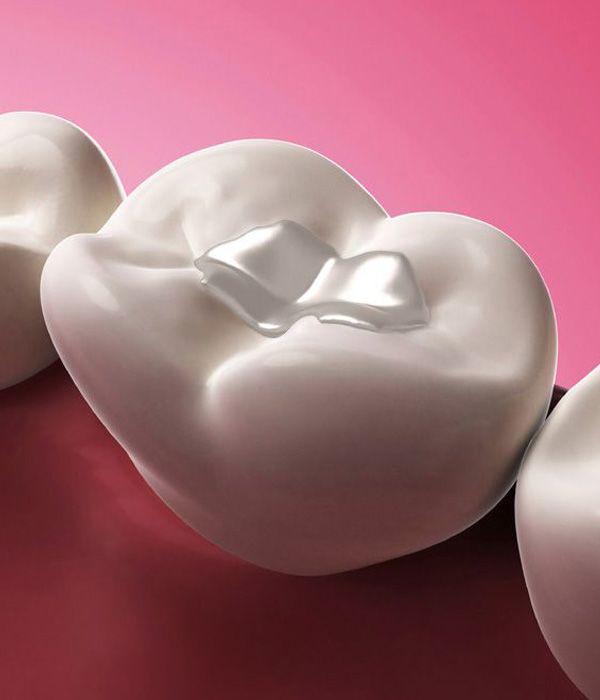What Causes Damage to Dental Fillings?
By John Rink DDS on November 12, 2016
 The people of Charleston know that our practice is here for them whenever they experience a serious dental wellness problem. Whether it involves the teeth, the gums, the jaw joint, or some other part of the mouth, we have a state-of-the-art restorative dentistry procedure to help.
The people of Charleston know that our practice is here for them whenever they experience a serious dental wellness problem. Whether it involves the teeth, the gums, the jaw joint, or some other part of the mouth, we have a state-of-the-art restorative dentistry procedure to help.
These restorative procedures sometimes involve repair or replacement of a damaged dental filling. Let's take a moment to consider the dangers of damaged fillings and how they can be addressed.
Why Damaged Dental Fillings Need to Be Taken Seriously
When a dental filling or any sort of restoration is damaged, the potential dental health issues that may arise can be severe. First and foremost, patients with damaged fillings are likely to experience toothaches and tooth sensitivity. This can make biting and chewing quite painful. The damaged filling can also lead to increased issues with chips, cracks, and tooth decay. The tooth structure is no longer quite as strong as it should be with a damaged filling, which makes these sorts of problems a possibility.
Wear and Tear to a Filling
Sometimes a dental filling will become damaged as a result of long-term wear and tear. A dental filling is designed to be sturdy and durable, but that does not mean it's made to last forever. Because of this, it's important for fillings to be periodically replaced.
Mouth Injuries and Trauma
Injuries to the head, face, and mouth can all lead to damage to the teeth as well as any dental restorations that may be in place. Slip and fall injuries tend to be the most common reason why dental injuries occur. Vehicle accidents of various kinds can similarly result in major trauma to the mouth.
This is also a serious risk for people who are involved in contact or combat sports. For athletes, this should serve as an important reminder when it comes to mouth protection and head/face protection.
Tooth Decay and Damage Around a Dental Filling
While a dental filling may not be subject to tooth decay, the tooth structure around the filling may be vulnerable to cavities and other problems. It's possible for tooth decay to harm the structure around a filling, altering the fit of the restoration and making it more likely to become damaged from normal biting and chewing.
How Dental Filing Problems Are Detected
Your dentist will be able to detect problems with the fit of a filling during a consultation at the practice. X-rays and up-close examination will reveal structural problems with the restorations and the teeth. In addition, patients are encouraged to discuss problems with toothaches and tooth sensitivity so they can be examined in greater detail. Discussion and diagnostics in concert can enhance dental health in significant ways.
Treatments for Damaged Dental Fillings
The best treatment for a damaged dental filling is the replacement of the dental filling. This could simply mean a new filling being fitted into the damaged portion of the tooth structure, or it could me the use of an inlay or onlay to restore the damaged portion of a tooth. The ideal solution can be discussed in more detail during your visit to the practice and a full consultation.
Contact Charleston Center for Cosmetic and Restorative Dentistry
If you would like to learn more about fixing damaged dental restorations and improving your overall dental health and wellness, be sure to contact our advanced cosmetic and restorative dentistry center today. We will help you smile with greater confidence.

